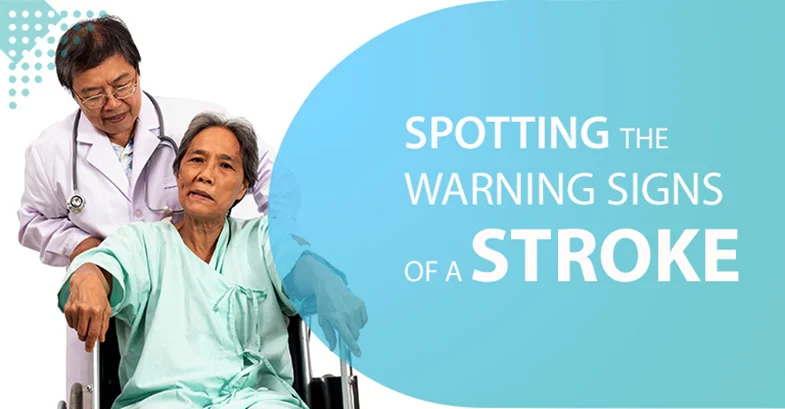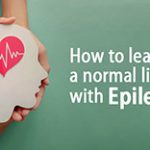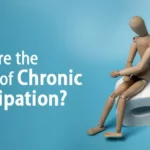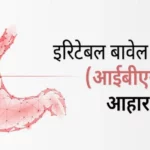
Spotting the Warning Signs of a Stroke
Stroke, also known as a brain attack, occurs when there the blood vessels in your brain rupture, or a blockage in the arteries and veins restricts blood supply to the brain. As a result, the surrounding brain cells start to die within a few minutes.
Stroke is the fifth most common cause of death in men, claiming the same number of lives every year as Alzheimer’s disease and prostate cancer combined. Women between age 55 and 75 may also suffer a stroke.
Types of Stroke
A stroke can be classified into the following three types:
Ischemic stroke
Ischemic stroke is the most common of all types. This is caused when fatty deposits (plaque) or blood clots block the blood vessels, cutting off blood supply to the brain.
Haemorrhagic stroke
This type of stroke occurs when a blood vessel ruptures or bursts in the brain, leaking blood into the surrounding tissues.
Transient ischemic attack (TIA)
Often referred to as a ‘mini-stroke’, TIA occurs when blood flow to the brain is disrupted for a brief period (up to five minutes). Although transient ischemic attack does not inflict permanent damage and is not as severe a condition as Ischemic stroke or Haemorrhagic stroke, it could be a warning sign of stroke.
Risk Factors
Certain medical conditions and lifestyle factors can make increase one’s likelihood of having a stroke. These may include:
- Age (older adults above age 55 are most likely to get stroke)
- Family history
- Uncontrolled blood pressure
- High cholesterol
- Uncontrolled diabetes
- Obesity
- Cardiovascular problems
- Heavy alcohol consumption
- Smoking
- Physical inactivity
Signs and Symptoms Indicating a Stroke
In most cases, brain stroke symptoms appear suddenly, without prior warning. However, be alarmed if you encounter any of the following signs, as these could mean the onset of a stroke:
- Weakness or numbness in one side of the body (legs, arms or face)
- Face drooping on one side
- Difficulty speaking/ slurred speech
- Vision problems
- Severe headache without an apparent reason
- Loss of balance/ lack of coordination
- Confusion
- Dizziness
- Vomiting and nausea
When to See a Doctor
If you suspect someone may be suffering a stroke, act F.A.S.T. and try the following test:
- F—Face: See if the person can smile without drooping one side of the face
- A—Arms: See if he/she can sway their arms up and down
- S—Speech: See if he/she is having slurred speech
- T—Time: On experiencing symptoms of stroke, rush the patient to the hospital at the earliest
Treatment and Aftercare
Treatment of stroke depends on the severity of the attack. The first line of mild stroke treatment is usually medications. The doctor may recommend Tissue plasminogen activator (TPA), anticoagulants and antiplatelet drugs.
Stents may be used to treat or prevent stroke in people who have previously had a Transient ischemic attack.
In case of an emergency, a craniotomy may be performed to repair the ruptured blood vessels in the brain. To know more about services and facilities available at Medica, click here.
Post-treatment, the patient will likely need physical therapy and speech therapy to restore normal functioning (walking, speaking, etc.)
Stroke is a medical emergency and needs to be treated right away. Identifying the warning signs and acting F.A.S.T. is the key to effective treatment of stroke.








